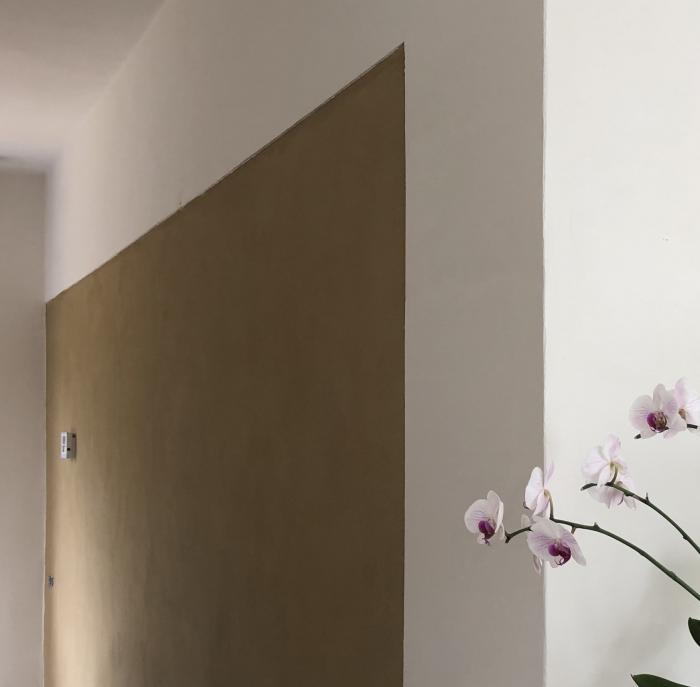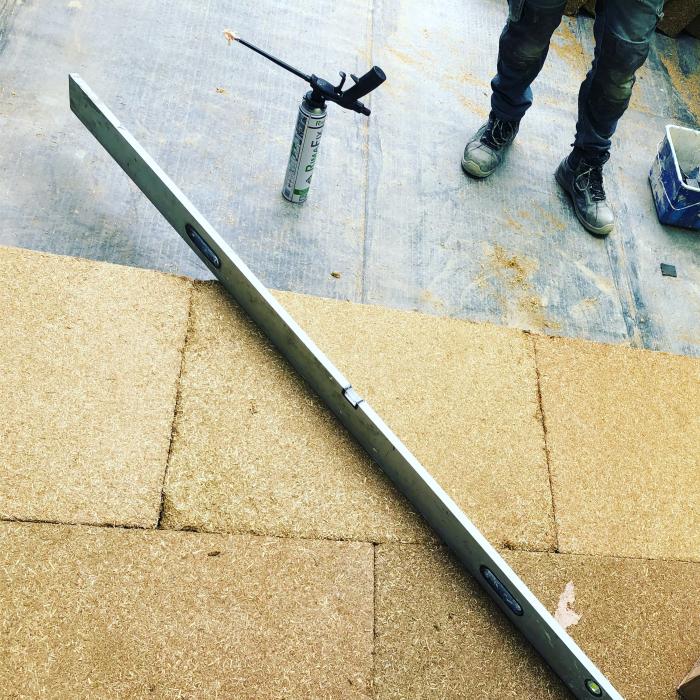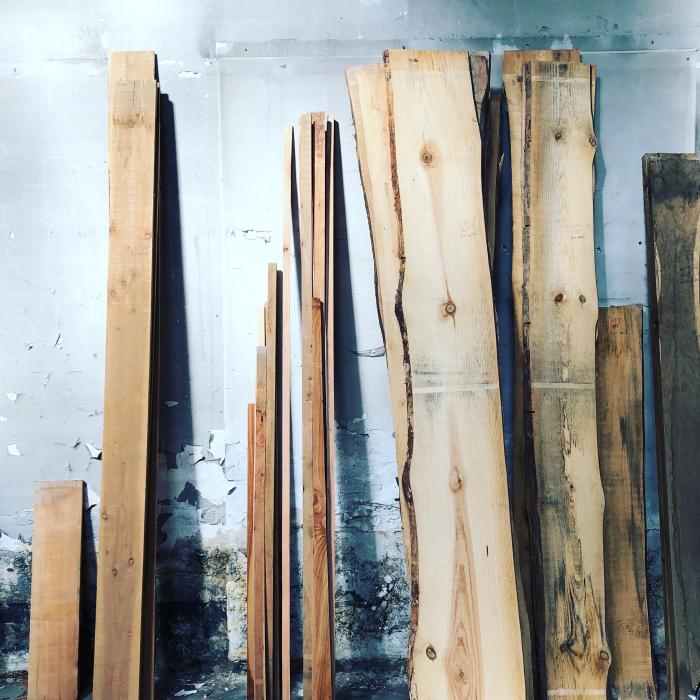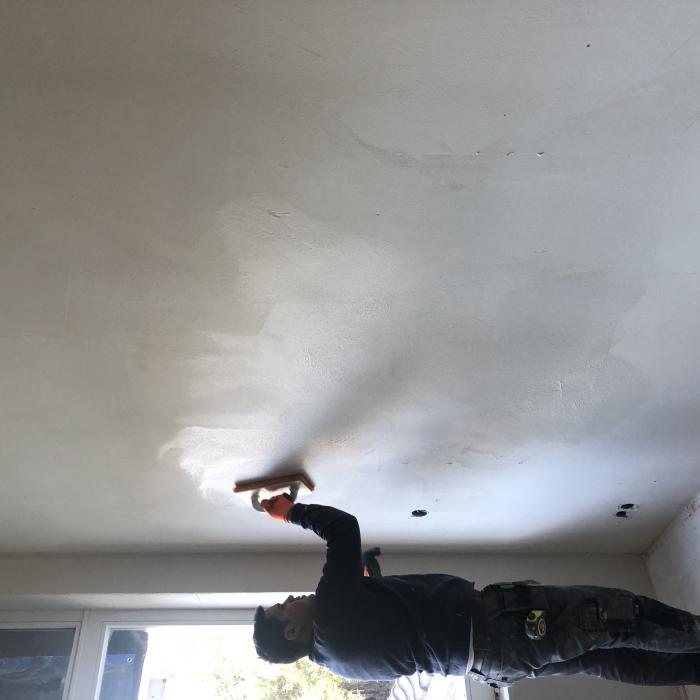I. SUMMARY INFORMATION
Project
269280
Status
Submitted
Award category
Techniques, materials and processes for construction and design
You want to submit
NEW EUROPEAN BAUHAUS AWARDS : existing completed examples
Project title
Let's make our materials green again
Full project title
Opening the construction sector to beautiful, natural & healthy building materials
Description
The construction sector is the lifeblood of our European economy. It provides employment and prospects for millions. Yet, aren't the most beautiful buildings those that make one with the environment they're in? In the last decades, too few homes were truly built sustainably. The industry is unfortunately responsible enormous amounts of pollution, raw material extraction, toxicity levels. With Natura Mater we're paving the way for truly sustainable homes - made with low carbon materials.
Where was your project implemented in the EU?
Belgium
Brussels
Rue Baron Lambert 6
Brussels
1040
When was your project implemented?
Has your project benefited from EU programmes or funds?
No
Which programme(s) or fund(s)? Provide the name of the programme(s)/fund(s), the strand/action line as relevant and the year.
II. DESCRIPTION OF THE PROJECT
Please provide a summary of your project
If our built environment is to rise to the challenges of our climate emergency, we must act to make it sustainable in every way we can. A new generation of actors is appearing in the construction industry: actors of low-carbon construction. Natura Mater acts in a central position of the building process to make it a reality for buildings to be made with sustainable materials. They are, after all, responsible for around 40% of a building's total environmental footprint during its lifecycle. We work with everyone from producers to builders, with an aim to bring quality products to the buildings of tomorrow. Straw fibre insulation boards, raw earth plasters, cork cladding, ... Why continue producing more plastic when you can keep it simple, aesthetic and healthy? This is our core message and we believe it entirely fits within the New European Bauhaus mind-frame.
Our project: turning regular construction projects into deeply sustainable buildings thanks to the use of bio-based, geo-based and reuse materials. So far, we have completed a half dozen "natural" homes and are on track to make many more in the coming year. How so? Low tech innovation ; a personal touch in a complex sectoral ecosystem ; and going beyond simple "energy consumption" when considering the overall impact of a building.
We are not architects. We are not builders. We are not producers. We are not property developers either! And yet, our position right in the middle of this ecosystem seems to make a lot of sense. Each of these main players in any building project have their own constraints: budget, timeframe, planning laws, market demand. People often look for sustainable options in construction but they don't know where to start. Natura Mater has positioned itself as a one-stop shop for local knowledge and ecosystem development around sustainability, beyond plastic insulation and concrete. Our dream? Replicate it for each local region/ecosystem in Europe!
Please give information about the key objectives of your project in terms of sustainability and how these have been met
The construction sector is responsible for huge amounts of resource inefficiency. Sources put it at 30% of waste, and 40% of CO2 emissions worldwide. This wastage also happens in the European Union, and our main country of activity, Belgium. Too many processes are still being used in construction today that just don't make sense. These are habits and practices which have a very high environmental cost, In this age of climate action, we simply cannot overlook this sector.
Truly sustainable alternatives to building materials exist already, are tried and tested, in the EU :
Cork from oak in Portugal, used as insulation or cladding.
Meadow grass from the sides of rail lines and canals in Belgium, used as flexible thermal/acoustic insulation.
Timber, made from sustainable local forests and not sent across the world to be cut/processed.
Straw, ie what is left over after the crop has been harvested, used as insulation boards.
Recycled or reused products, offer a great 'double win' opportunity as reclaimed from landfill and avoid any further resource extraction.
We have visited the fields and forests and met passionate, pioneering producers. We share their values, understand their vision, and strive to bring it close to building projects (and vice versa).
So, how come these sustainable materials only have a market share of 2% in Belgium? In a nutshell, access to information, lack of knowledge about the existence of these products, and not knowing where to start.
Our project has been successful, short term, at integrating sustainable materials into a dozen projects, half of which are already completed. These are housing projects (renovation or new-build) which look exactly identical as with conventional materials. But with a bit of goodwill from the owner/architect/builder many materials used were climate neutral before the building's lifespan. This is a huge shift in paradigm and our role as prescribers and providers of these products, made this possible.
Please give information about the key objectives of your project in terms of aesthetics and quality of experience beyond functionality and how these have been met
20th Century Europe, most notably the post-WWII era, brought about enormous changes in the way we produce, consume, live, share, work. Buildings are no exception. Centuries ago, homes were built with local materials and crafts, adapted to the climate and ecosystem. Homes were built to last. But nowadays, our buildings have become energy intensive and the materials used are often embedded in worldwide processes, devoid of any local aesthetic or significance. However, the current climate emergency means that we have the opportunity to re-create an industry with a mindful choice of materials.
Bio-based and geo-based materials have the advantage of being plentiful, which means scarcity will never be an issue. For instance, most crop residues can be used for building: straw, rice, hemp, grass, ... Each European ecosystem has the opportunity to develop its own circular economy know-how. By launching this project, we have confirmed that the market is ready to adopt innovative, local solutions, especially because they make huge economic sense. What's more, these materials have a very high safety of provision. Developing local, tightly-knit markets for materials means that they create local jobs that cannot be outsourced and kept away from world market distortions and/or far-flung resource shortages.
The development of ecosystem-based, sustainable industrial products is as exciting as it is important for the rebirth of the production-side of our building industry.
Natura Mater has created a much-needed central role as enabler and provider of such building materials. We have seen that innovative materials producers are unable to develop their go-to-market ; and construction stakeholders often lack the knowledge or will to move away from usual practices. We are building a new bridge between producers and consumers of materials. Bringing back a sense of locale to products ; bringing nature closer to our cities in a deep, meaningful way tied into the circular economy.
Please give information about the key objectives of your project in terms of inclusion and how these have been met
We are a company composed of young, dynamic people. Our worldview is shaped by the climate emergency and this is the reason we set out on this new mission: we need solutions that work for everyone. One could say that our project has an inherent capacity of inclusion, specifically because it aims to make green construction attainable for everyone. We do not wish for natural materials and techniques to remain a niche product, a luxurious indulgence for the well-off. No, we want to make sustainable materials pass from the niche to the norm.
Three of the five co-founders of this company are women. As such, we are an outlier in the construction sector, still dominated by men. We thus are very open to inclusiveness and design that works for everyone, and that also starts with having a healthy gender parity when stakeholders are involved in the decision-making and prescription, be it a big or small construction project. The city 'designed for the 6-foot-tall man' belongs in the past. Let's make sure the homes of tomorrow are designed with health and resilience in mind.
Please give information on the results/impacts achieved by your project in relation to the category you apply for
In recent years, the building sector has seen many attempts at solving grave climate challenges. It could be argued that many of the conventional industrial adaptations do not go far enough in tackling the issue of environmental cost. The reality, though, is that concrete and plastic are here to stay. However, Natura Mater's impact is that it is not an inevitability to use such products in all building projects. By consulting, advising, reassuring stakeholders of a project, many great alternatives have been brought to light, and they make for a better building.
Natural materials are breathable so they contribute to making our homes healthier and more enjoyable
They are non toxic, both for the workers who use them during the building process, and for the users
Their reuse, recycling or disposal are easily integrated to the natural processes of the biosphere
Natura Mater's unique position within the sector has enabled these materials to be put right into the core of a building project, in a way that is beneficial to all involved. Less waste, resource efficiency, and a change of paradigm. By revolving around the developer-architect-builder triangle, we have managed to set a new business model of the circular economy by establishing a dialogue with each of these players and helping their uptake
Developers have expertise they can rely on for the sustainability credentials of a project
Architects can obtain technical know-how and specifications for their projects, and ask to source new materials based on their needs
Builders are provided with the materials themselves, and assisted on-site with help for implementing these innovative products
Natura Mater has made materials a topic in a building project's design & construction phases. Our openness to both the production-side (new, exciting materials) and the consumption-side (new, exciting buildings) has given us the sense that Europe is ready to take sustainability seriously and embrace natural materials.
Please explain the way citizens benefiting from or affected by the project and civil society have been involved in the project and what has been the impact of this involvement on the project
Our expertise on materials, and openness at bringing exciting, beautiful new sustainable products to the market, mean that materials have become a topic of discussion and decision-making. They are no longer empty concepts such as 'wall', 'cladding', 'insulation'. Each element has a story to tell, a material grounding, an origin and a destination.
We see many stakeholders along the line, be they institutional or industrial, who are relieved that a new player has created a space for itself to develop discourse concerning the sustainability of materials, in a constructive, positive manner. Indeed, our credo is to propose alternatives rather than criticise the status quo!
The end-user base is also increasingly attentive to the issues of healthy homes without toxicity, COV emissions. Civil society has been active on this front on many other topics (mobility, food, health) so it is heartening to see that our project has set things in motion for the development of healthy and safe homes for current users and future generations.
Please highlight the innovative character of the project
We see the challenges that face the construction industry as a true opportunity for it to become a leader in climate resilience. Our project is a means to an end: making the sector green, without throwing everything else away, at minimum cost and in a limited time-frame. How so? Acting upon the phase of a building's lifecycle that is responsible for over half of its environmental footprint: its construction. That's right, all the energy used to heat, cool, maintain, demolish a home still doesn't surpass the cost of building it.
So, the environmental impact of building materials is very high. Natura Mater's key objective has been to promote the transition from conventional materials to sustainable materials, in building projects big and small. The transition from conventional to organic agriculture didn't happen overnight, and for it to happen you needed producers, consumers, and everyone in between to join the project. We have been aiming to replicate this for building materials.
The innovative nature of the project resides in the fact that we have created a new position in the building process, one that is tied into the material flows to any project.
Such an angle will become increasingly important in the coming years as we strive to carbon neutrality, then climate neutrality in the medium term. Life-cycle costing will become a core element to all major decision-making. When you see that materials count for such a large amount of the environmental cost of the huge construction industry, it will become clear that we cannot continue with classic solutions, even those given a 'green' spin. Let's hit the ground running.
Please explain how the project led to results or learnings which could be transferred to other interested parties
By providing building sites with sustainable, low environmental-impact building materials, we are making it possible to have a green transition for all budgets, including public-led projects. Economic imperatives often trump environmental considerations, which is why the central point to any development of our project is to make these products just as cheap as the conventional alternatives. For the same price, or a small surcharge, a developer (or public authority, or private client) can place sustainable materials without having to compromise on quality, performance, or building technique. Instead, the developer is creating a future-proof building. Natura Mater has managed to push sustainable materials as a decision during the design phase for building projects, notably in public-led redevelopment projects at a local level in Brussels.
Our wish is to make the system open source and shareable to each region, each ecosystem across Europe. If we are to be thinking 'glocal', then let us use local products made with the expertise developed far and wide. Let us prescribe these products for innovative, low-tech architectural projects, let us use high-skilled 'future-proof' workforce specialised in the implementation of these materials. These concepts are limitless in scale and coverage.
Is an evaluation report or any relevant independent evaluation source available?
No
III. UPLOAD PICTURES
IV. VALIDATION
By ticking this box, you declare that all the information provided in this form is factually correct, that the proposed project has not been proposed for the Awards more than once under the same category and that it has not been subject to any type of investigation, which could lead to a financial correction because of irregularities or fraud.
Yes





